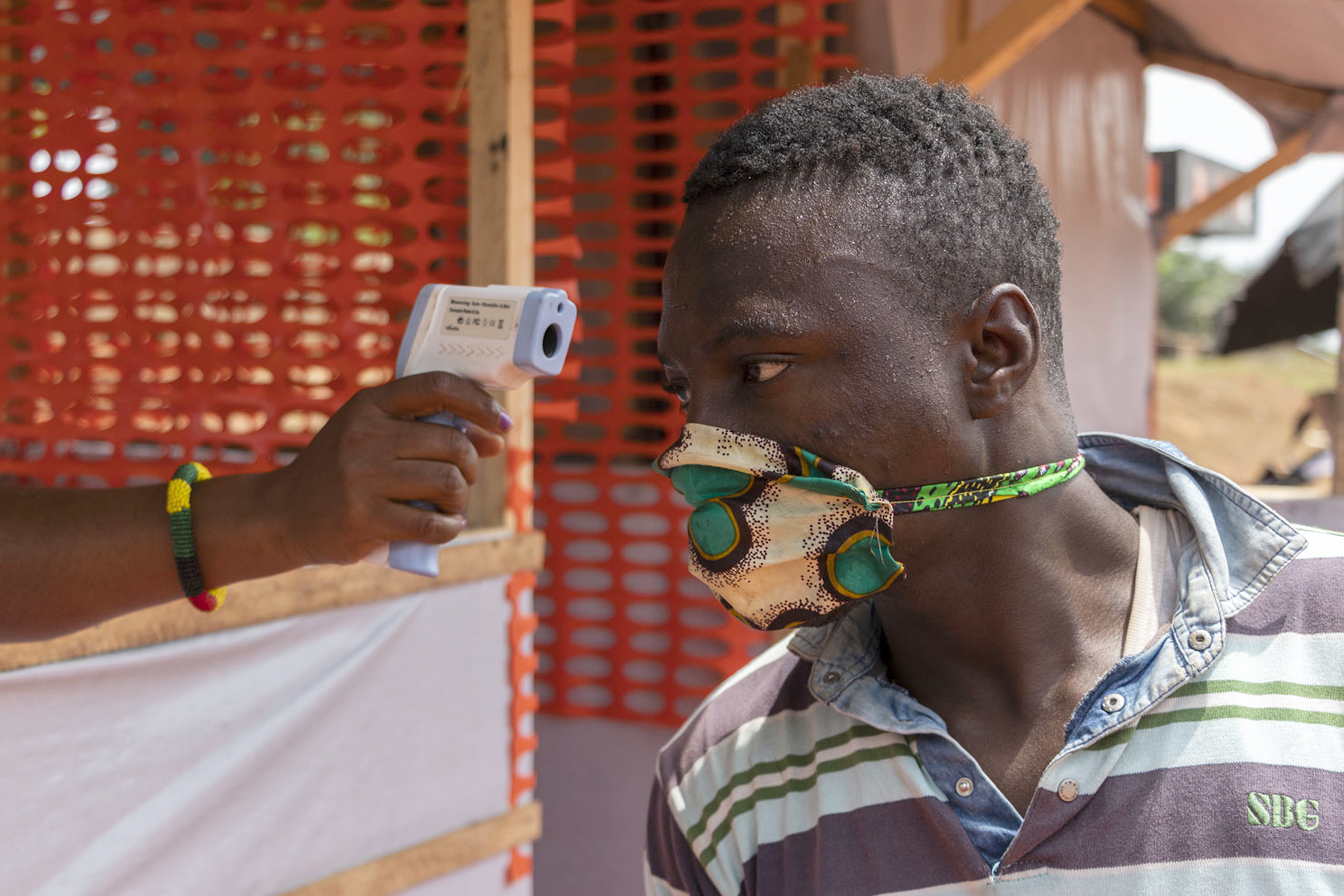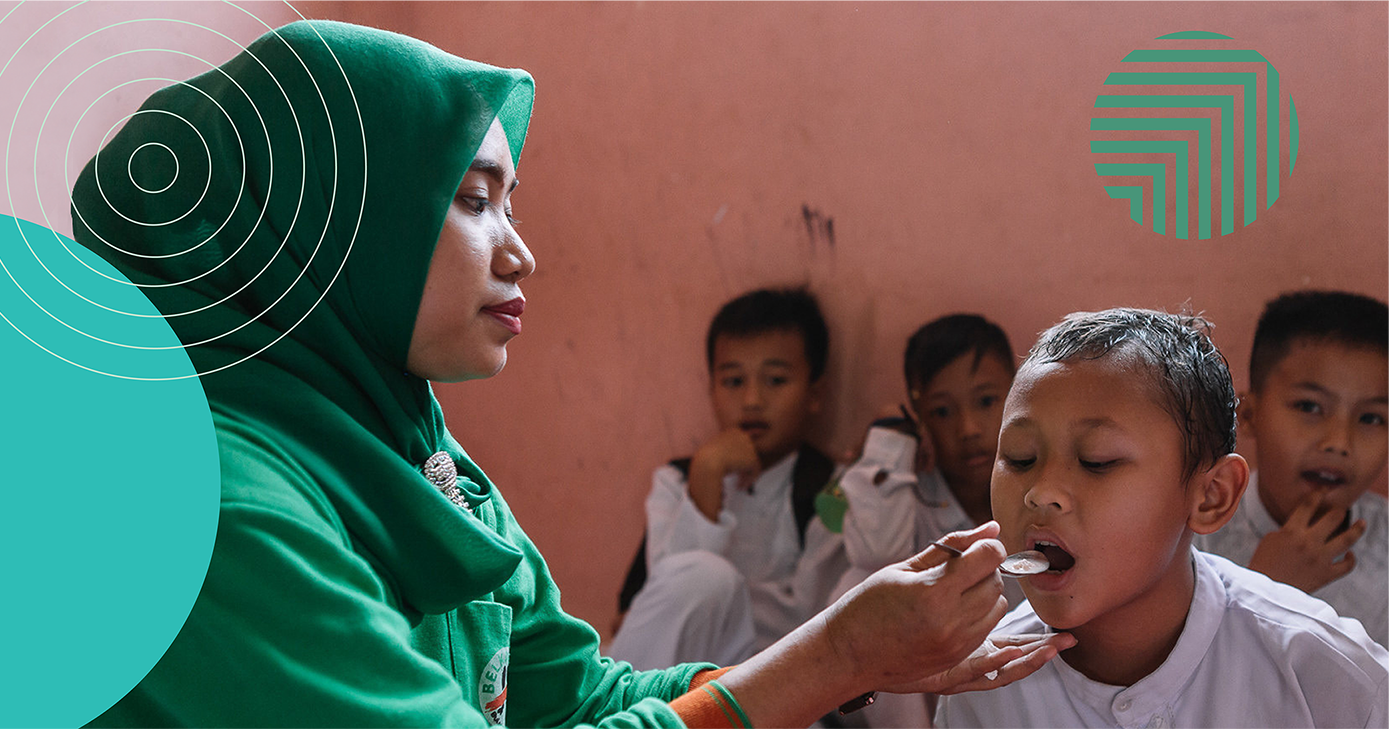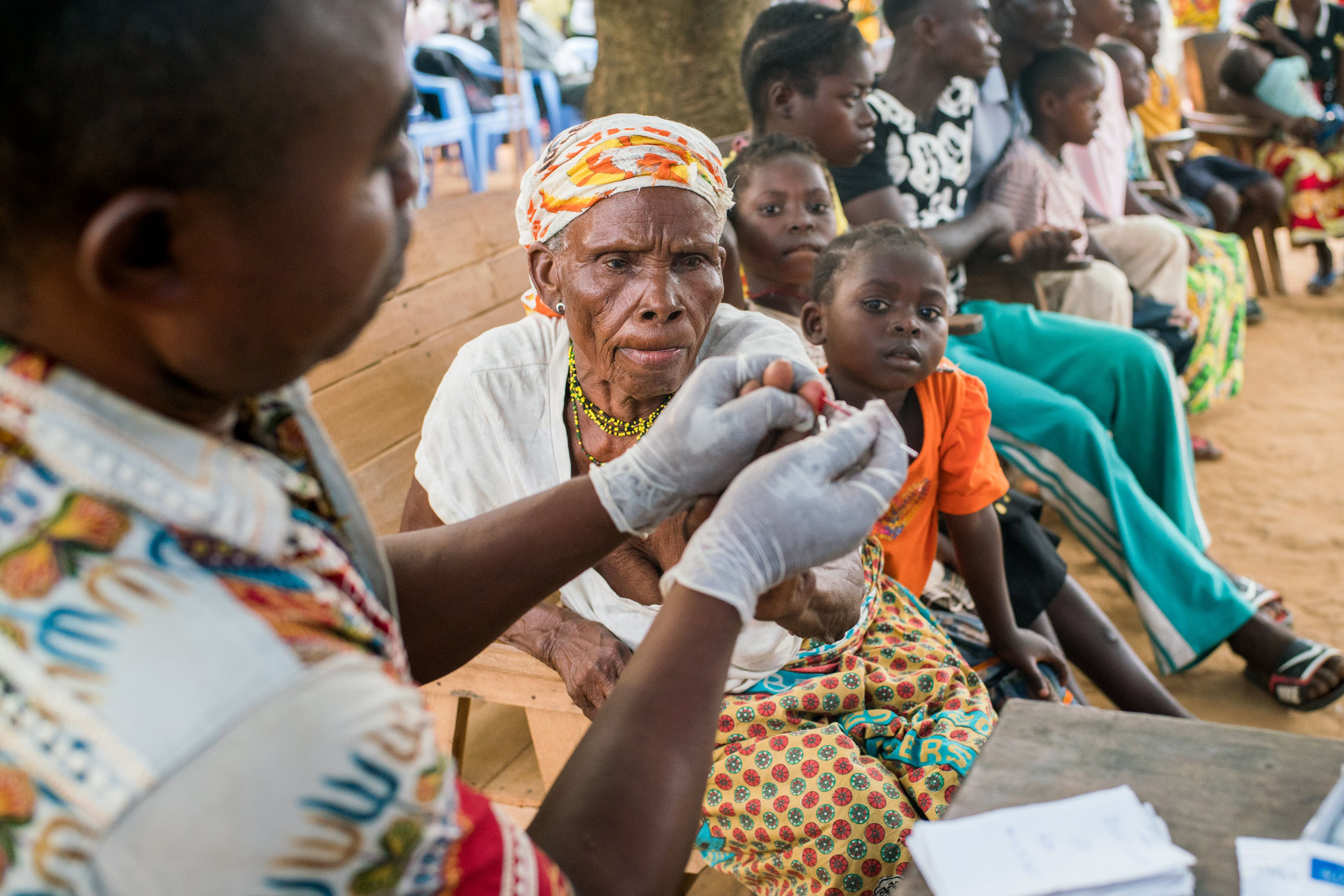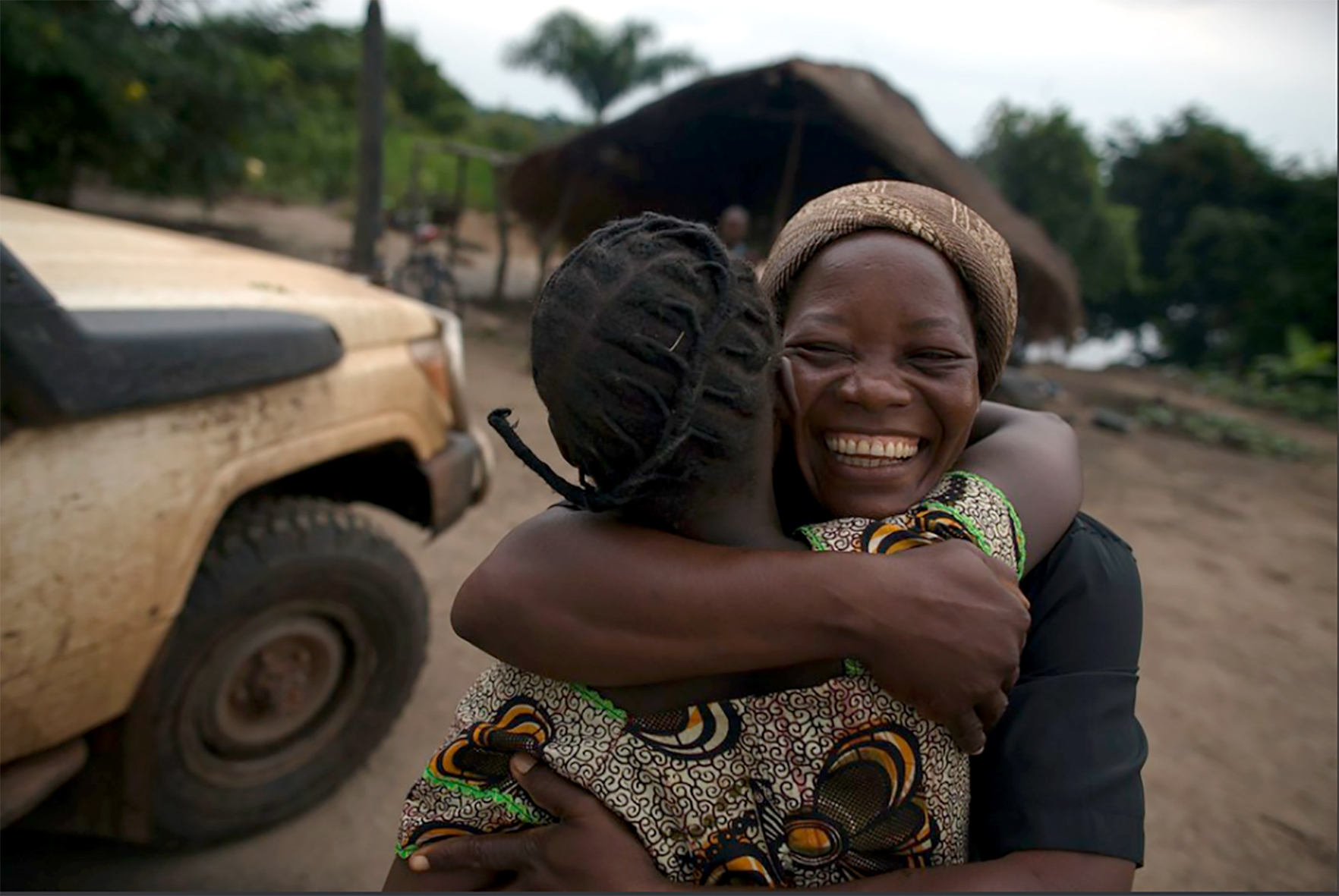
Global report on neglected tropical diseases 2023
WHO Global report on NTDs-part1
The way forward in 2023:
Act now. Act together. Invest in NTDs.
The Global report on neglected tropical diseases 2023 provides a consolidated, up-to-date assessment of progress towards control, elimination and eradication of 20 diseases and disease groups (NTDs) globally, regionally and nationally. Progress is reported in the context of global commitments, strategies and targets, which were determined through an extensive consultation that culminated in the endorsement of the document Ending the neglect to attain the Sustainable Development Goals: a road map for neglected tropical diseases 2021−2030 by the Seventy-third World Health Assembly in November 2020.
The document reports on the first two years of implementation of the road map (2021 and 2022). The information presented is based primarily on epidemiological and programmatic data for interventions conducted in 2021 and gathered in 2022, but the report also describes a wide range of activities and accomplishments that were registered in both 2021 and 2022; comparisons are often made against 2020 and 2019 data, especially with regard to COVID-19 disruptions.
It has four sections: Section 1 is an introduction. Section 2 presents the status of the global NTD response. Section 3 charts progress and developments against the three road map pillars. Section 4 sets out priority actions for 2023 and beyond to sustain implementation of the road map and its companion documents. Five annexes to the report provide information for 2021-2022 on regional progress (Annex 1), issues of the Weekly Epidemiology Record on NTDs (Annex 2), progress and challenges by disease (Annex 3), diagnostic target product profiles (TPPs) (Annex 4) and the status of commitments for donated medicines and health products (Annex 5).
The report shows that while progress has been made during the two years since the launch of the road map (2021-2022), hindrances in achieving the targets for 2030 have arisen and work to overcome these obstacles continues. These endeavours have also revealed the scale of the task and risk still facing communities affected by NTDs.
WHO is committed to reporting on progress towards the targets NTD programmes set in the road map. This first progress report on the road map 2021–2030 provides an important benchmark in our collective accountability towards meeting set goals.
Previous WHO progress reports on neglected tropical diseases can be found here.
Global report on neglected tropical diseases 2023
Global report on neglected tropical diseases 2023:...

WHO Annual report 2023 part3
Main highlights
COVID-19 disruptions
- NTD programmes were among the most frequently and most severely disrupted by the COVID-19 pandemic
- COVID-19 severely affected both community-based interventions (e.g. mass treatment, active case-finding) and health-facility services (e.g. diagnosis, surgery), as well as supply chains for health care products (medicines and diagnostics)
- As a result of COVID-19 disruptions, 34% fewer people received treatment for NTDs between 2019 and 2020; however, a general resumption of activities enabled an increase of 11% rebound in 2021
- Surveillance for NTD eradication programmes (dracunculiasis and yaws) was largely unaffected by the pandemic
High-level advocacy
- Major accomplishments in 2021 and 2022 include:
- WHA’s recognition of 30 January as World Neglected Tropical Diseases Day, one of the 12 Global Health Days and Weeks observed by WHO
- Adoption of the Abu Dhabi Declaration on Eradication of Guinea Worm Disease
- Adoption of the Kigali Declaration on Neglected Tropical Diseases
Medicines and diagnostics
- In 2021-2022, seven Memoranda of Understanding between WHO and major pharmaceutical partners (Bayer AG, Cytiva, Eisai, Gilead Sciences, GlaxoSmithKline, Janssen Pharmaceuticals and Novartis) were signed or renewed for in-kind donations of medicines and diagnostic equipment
- Donations of medicines were expanded to new diseases (albendazole for cystic echinococcosis)
- Four pharmaceutical products were prequalified by WHO in 2021-2022, thus expanding the arsenal of quality-assured medicines
- Eighteen diagnostic target product profiles for 10 different NTDs were published
Sustainability and country ownership
- The following road map companion documents were launched in 2021-2022, and work has started towards their implementation, in collaboration with the global partners community:
Expansion of cross-cutting approaches
- The following publications and initiatives were released or launched in 2021-2022:
Global partnerships
- Closer collaboration among the global community was achieved thanks to the coordination work carried out by global platforms such as Uniting to Combat NTDs (UTC), the Neglected Tropical Disease NGO Network (NNN) and the NTD Supply Chain Forum
- In spite of the COVID-19 crisis and the challenging economic situation, many commitments were made by partners in conjunction with the Kigali Declaration on Neglected Tropical Diseases – a Kigali Declaration Commitment Tracker has been established

WHO Global report on NTDs-part1





.jpg?sfvrsn=d66f4c46_5)